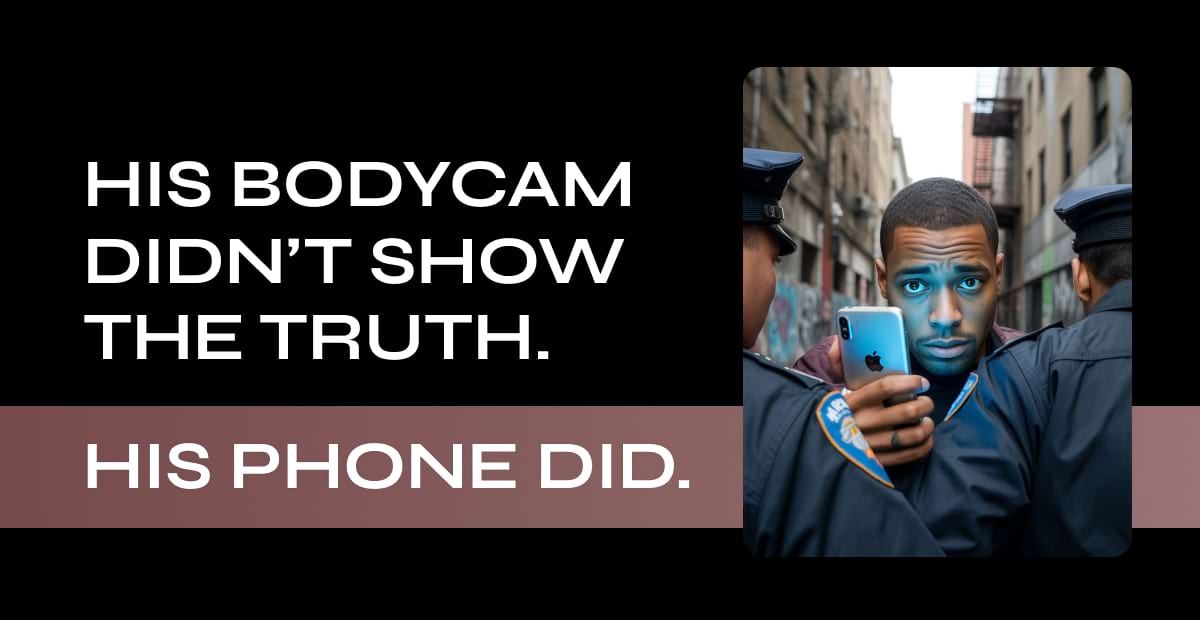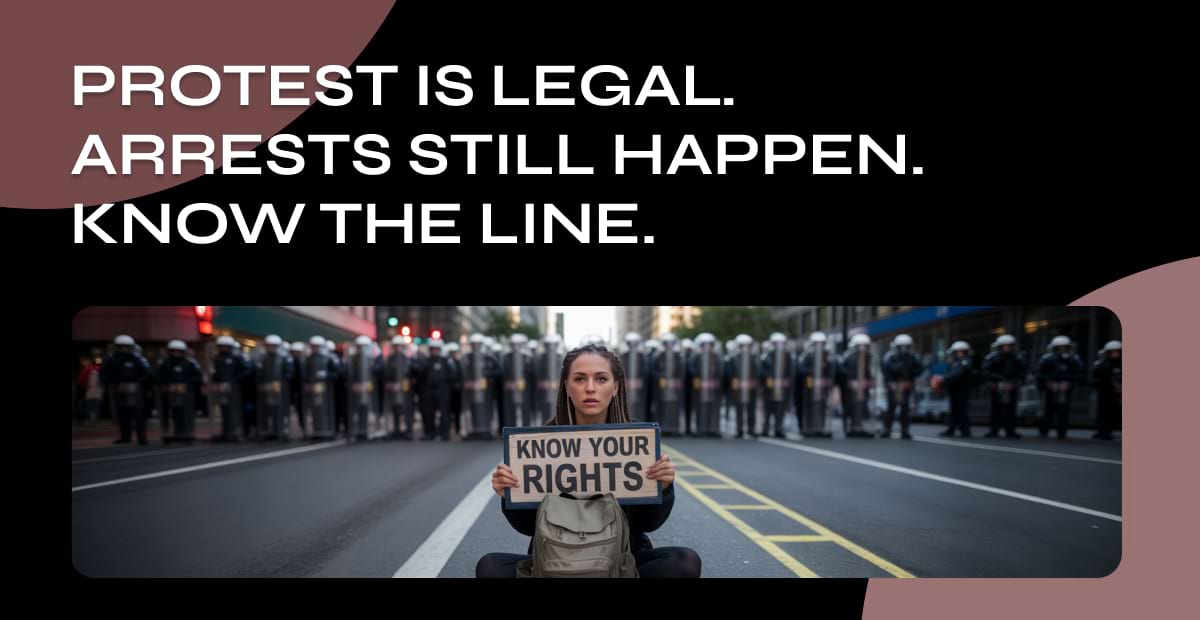CEO’s Corner: When the System Controls the Evidence – Your Phone Might Be the Only Witness
 (1).jpg)
Dear Partners in Progress,
What happens when the footage that could prove the truth is withheld, edited, or deleted?
This week, we’re looking at what happens when the official record fails, and why real justice depends on having your own.
We saw it in Jacksonville, Florida. A young Black student was beaten by police. The bodycams didn’t show it. His dashcam did.
We saw it again in Alabama, where the law promised families access to police body-camera footage, but left enough loopholes to keep them in the dark.
Across the country, people are still being recorded, silenced, and criminalized with little to no access to the tools that could protect them.
📱 Evidence shouldn’t depend on who holds the badge.
That’s why we built the Witness App. It records instantly. It backs up to the cloud. It protects your footage even if your phone is taken or destroyed. It’s not just an app. It’s a shield.
🧾 Records are now public.
California’s new misconduct database is a breakthrough. But a tool is only useful if people can act on it. That’s why we’re not just sharing updates, we’re showing people how to search it, cite it, and use it to hold officers and departments accountable.
🚪 Justice includes your front door
Tenants in Illinois now have stronger legal protections against retaliation and unlawful entry. But knowing the law is only step one. We’re making sure renters have a way to document abuse the moment it happens, with evidence that stands up in court.
As we keep building, we’re also proud to share two milestones:
Lustitia Aequalis has earned the Platinum Seal of Transparency from Candid Guidestar—a reflection of our commitment to openness, transparency, and public trust.
And we’re honored to welcome Enso as our first international funder. Their early support helps expand our reach and deepen our impact where it's needed most.
The system is still protecting itself. That hasn’t changed.
But the tools to challenge it are in more hands than ever.
We’re here to make sure those tools work.
In Solidarity,

Ashley T. Martin
CEO, Lustitia Aequalis
Table of Contents:
Brutal Arrest of Black Student in Florida Shows Why Recording Still Saves Lives
Police Records Are Now Public – How to Use Them to Push for Accountability
Know Your Protest Rights – What to Say, What to Bring, What to Do
Can a Landlord Just Enter? – What Tenants Need to Say When They Knock
Police Body Camera Transparency – When the Video Should Tell the Truth—but the Law Blocks It

_(1).jpg)





